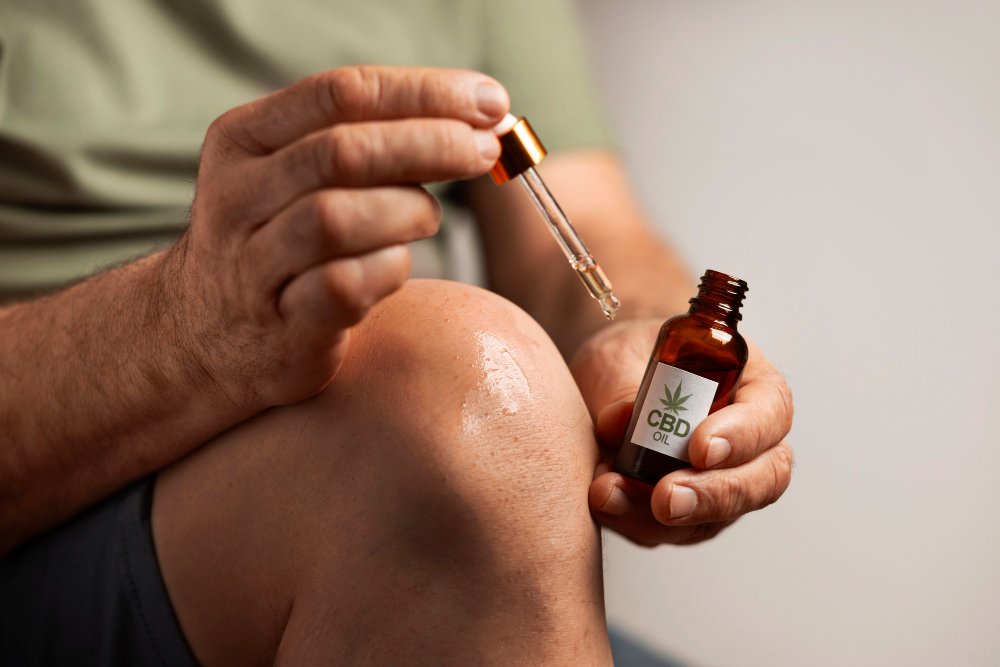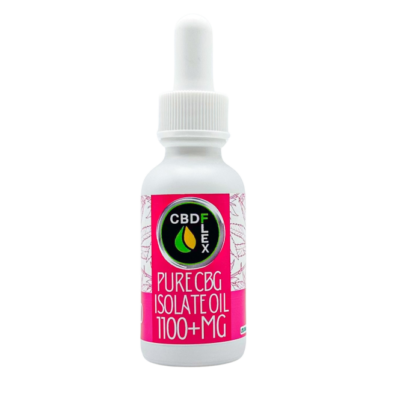Topical Pain Relievers: Your Guide to Fast, Targeted Relief
Whether you’re dealing with arthritis, muscle strains, or everyday aches, topical pain relievers offer a fast, localized solution without the systemic side effects…
Table of contents
Whether you’re dealing with arthritis, muscle strains, or everyday aches, topical pain relievers offer a fast, localized solution without the systemic side effects of oral medications. By delivering active ingredients directly to the skin over sore areas, these treatments can reduce inflammation, soothe discomfort, and speed recovery. In this comprehensive guide, we’ll explore how topical pain relievers work, the most effective ingredients, application tips, safety considerations, and answer your top questions.
How Topical Pain Relievers Work
Unlike pills or capsules, topical pain relievers bypass the digestive system and enter the dermal layers of the skin. Key mechanisms include:
- Anti‑inflammatory action: Ingredients like NSAIDs and botanicals inhibit prostaglandin and cytokine production, reducing swelling.
- Counterirritant effect: Compounds such as menthol and capsaicin create a cooling or warming sensation that distracts the brain from deeper pain signals.
- Analgesic penetration: Agents like lidocaine block nerve conduction, numbing the immediate area.
- Enhanced circulation: Some formulations improve blood flow, promoting nutrient delivery and waste removal for faster healing.
By targeting the source of pain directly, topicals can provide relief in as little as 5–15 minutes.
Types of Topical Pain Relievers and Key Ingredients
1. NSAID Creams & Gels
- Examples: Ibuprofen, diclofenac (Voltaren® Gel)
- Benefits: Proven to reduce inflammation in arthritis, tendonitis, and sprains
- Use: Apply thin layer 3–4 times daily to affected area
2. Counterirritants
- Common Agents:
- Menthol (cooling)
- Camphor (warming/cooling)
- Capsaicin (heat from chili peppers)
- Benefits: Temporarily relieves muscle and joint pain by creating a sensation that overrides underlying discomfort
3. Topical Analgesics
- Examples: Lidocaine patches or creams
- Benefits: Provides localized numbness—ideal for nerve pain or post‑herpetic neuralgia
4. Herbal & Natural Extracts
- Popular Ingredients: Arnica, arnica + emu oil, turmeric/curcumin, willow bark, CBD
- Benefits: Anti‑inflammatory and soothing properties with fewer synthetic chemicals
5. Combination Formulas
- Many over‑the‑counter products blend NSAIDs, counterirritants, and botanicals for multi‑modal relief (e.g., Salonpas®, Icy Hot®).
How to Apply Topical Pain Relievers for Maximum Effectiveness
- Clean & Dry: Wash the area with mild soap and pat dry.
- Warm Up: Lightly massage to increase circulation (optional).
- Apply Thin Layer: Use the recommended amount—usually a dab or a patch size per instructions.
- Massage In: Gently rub until absorbed, unless using a patch.
- Wash Hands: Prevent accidental transfer to eyes or mucous membranes.
- Follow Schedule: Reapply as directed—overapplication does not speed relief and may increase side effects.
Safety Considerations
- Skin Sensitivity: Do a patch test on a small area before wider use, especially with counterirritants or new botanicals.
- Age & Condition: Consult a healthcare provider before using on children, pregnant or nursing women, or those with broken skin.
- Drug Interactions: Topical NSAIDs can still enter bloodstream—check with your doctor if you take blood thinners or other NSAIDs.
- Avoid Heat Sources: Do not use heating pads, saunas, or sun exposure on topicals containing heat‑producing ingredients like capsaicin or menthol to prevent burns.
- Duration of Use: If pain persists beyond 7–10 days, seek medical advice to address underlying causes.
FAQs About Topical Pain Relievers

1. How quickly do topical pain relievers work?
Many users feel relief within 5–15 minutes; maximum benefit often occurs within 1 hour of application.
2. Can I use topical and oral pain relievers together?
Yes—combining modalities can offer enhanced relief, but consult your healthcare provider to avoid excessive NSAID exposure.
3. Are there any risks to long‑term topical use?
Prolonged NSAID cream use can cause skin irritation or rare systemic effects; herbal topicals generally have fewer risks but still warrant monitoring.
4. Which topical is best for arthritis pain?
Diclofenac gel has strong clinical support for osteoarthritis, while capsaicin creams can help with osteo‑ and rheumatoid arthritis.
5. Can I apply topical pain relievers under clothing?
Most creams and gels can be covered with loose clothing once absorbed; avoid tight bandages unless product instructions allow.
Whether you choose an NSAID gel, counterirritant cream, or herbal salve, topical pain relievers offer a direct, targeted approach to managing backaches, joint pain, and muscle soreness. By selecting the right formula, applying it correctly, and observing safety guidelines, you can experience fast relief and get back to the activities you love—pain‑free.








 Pure CBG Isolate Oil 1100mg Best For Appetite Stimulation, Pain Relief, Mental Clarity And Focus
Pure CBG Isolate Oil 1100mg Best For Appetite Stimulation, Pain Relief, Mental Clarity And Focus  THCV CBD Isolate Oil 1200mg Best For Weight Loss, Pain Relief And Anxiety Reduction
THCV CBD Isolate Oil 1200mg Best For Weight Loss, Pain Relief And Anxiety Reduction
One Comment